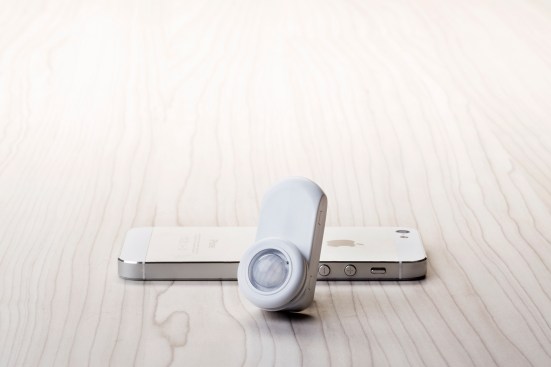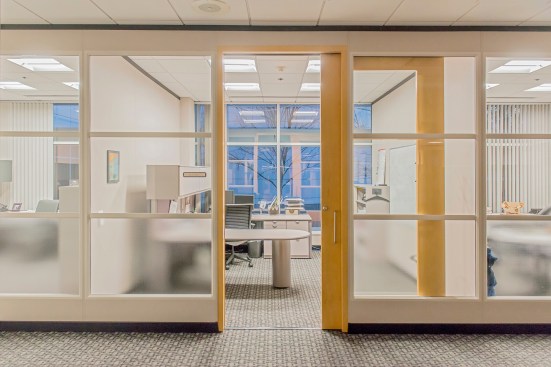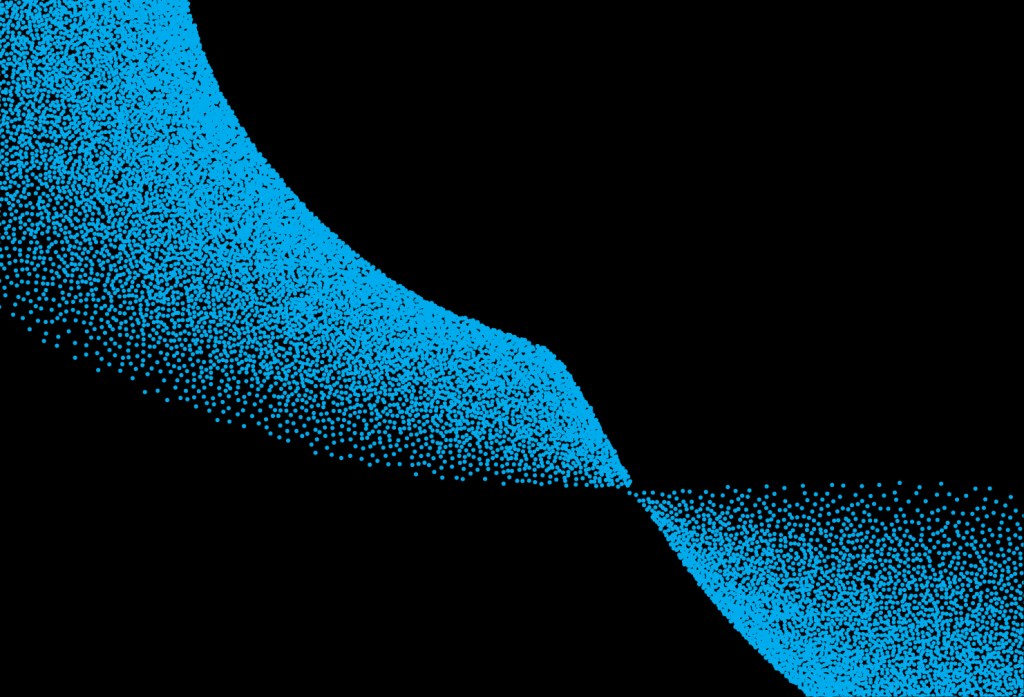When light fixtures were recognized as an ideal platform for the sensors empowering the Industrial Internet of Things, or simply the Internet of Things (IoT), longtime players in the lighting industry found themselves competing—or teaming up—with tech companies to develop the software and hardware systems to bring nearly every personal device, object, and square foot of habitable space online. For instance, GE launched Current, a digital power service that outfits its clients with LED lighting networked with sensors on its cloud-based Predix platform, while Philips and Cree have partnerships with IT giant Cisco to offer Power-over-Ethernet-based (PoE-based) LED lighting systems. Google’s Thread network and Apple’s HomeKit framework are currently targeting the residential market, while tech startups Enlighted and Sensity Systems have carved niches in the commercial and urban infrastructure space.

Enlighted
Enlighted works with lighting partners, such as Amerlux, to embed its smart sensors in fixtures to collect the data that drives its apps.
Cost, data security, and the logistics of equipping objects with sensors are a few of the hurdles to connecting a projected 50 billion devices by 2020, as estimated by Cisco and DHL. Another is the fear of technological obsolescence. With the current lack of a common networking protocol in IoT, what will ensure that components made by different companies can communicate with each other in the future?

Cree
Cree's SmartCast lighting installation at the Lord Corp. headquarters in Cary, N.C.
Enlighted chief technology officer Tanuj Mohan isn’t worried. The key to the IoT’s success, he says, lies in the quality of the data. As long as networks are delivering reliable information to the cloud and granting access through open APIs (application programming interfaces), the method of delivery is inconsequential. Cree’s SmartCast PoE platform, for example, offers an open API based on the Constrained Application Protocol (CoAP) that lets third parties access occupancy and power data to adjust its luminaires. And that’s only the beginning, says Gary Trott, Cree vice president of product strategy. “The SmartCast API enables integrations that we can’t imagine yet. We have already conceived of additional data and metadata that we can make available in the future.” •
